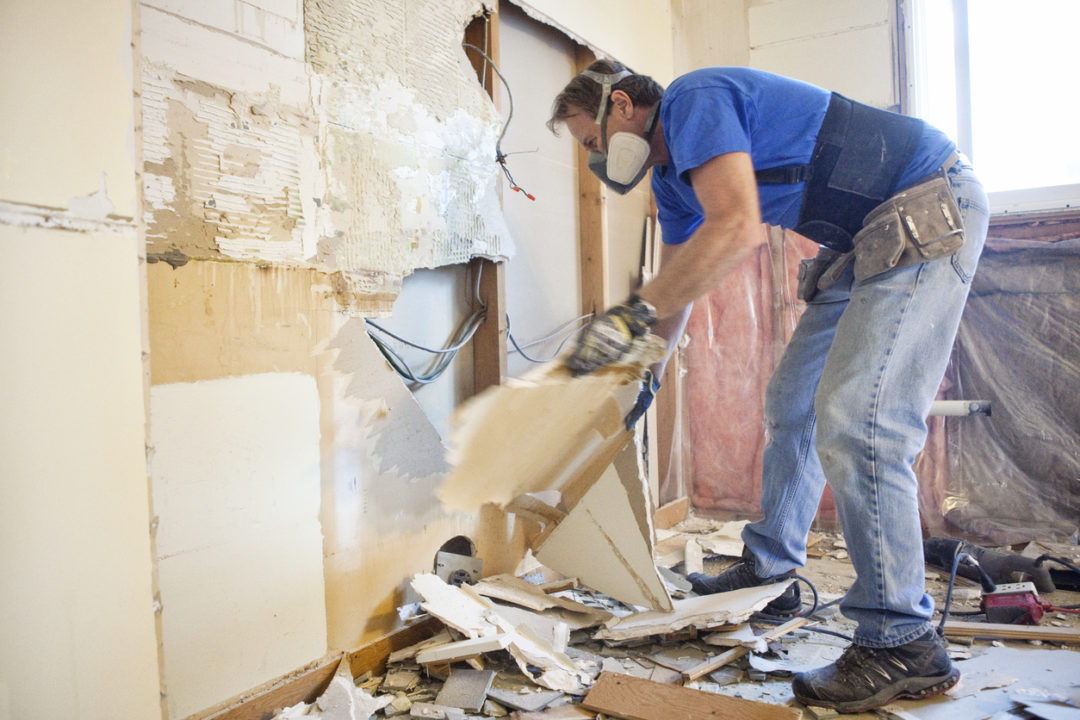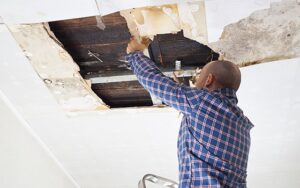Austin, Texas, is known for its vibrant music scene, tech industry, and a thriving cultural landscape. But beneath the city’s trendy exterior, there’s a hidden danger that many residents may not be aware of: asbestos. This naturally occurring mineral has been widely used in construction for decades, and its presence in Austin buildings poses a potential health risk. In this blog post, we will explore the issue of asbestos in Austin and its surrounding metropolitan areas, its dangers, and what you can do to protect yourself and your loved ones.
Understanding Asbestos
Asbestos is a group of naturally occurring minerals that have been used for various purposes, primarily in construction, due to their unique properties like heat resistance and durability. It was commonly used in building materials such as, but not limited to, insulation, roofing, flooring, and pipes. However, it has since been recognized as a significant health hazard.
Health Risks
Exposure to asbestos can lead to severe health problems, primarily respiratory diseases and various types of cancer. When asbestos-containing materials degrade or are disturbed, they release tiny asbestos fibers into the air. Inhalation of these fibers can lead to diseases like asbestosis, lung cancer, and mesothelioma. The danger lies in the fact that these diseases often take years or even decades to develop, making early detection and prevention crucial.
The Presence of Asbestos in Austin
Like many other cities across the United States, Austin has its share of older buildings that were constructed when asbestos was commonly used. As these structures age, asbestos-containing materials can deteriorate, leading to potential asbestos exposure risks. Additionally, construction and renovation projects may inadvertently disturb asbestos, releasing fibers into the air.
Regulations and Awareness
Thankfully, there are federal and state regulations in place to control asbestos exposure and protect public health. The Texas Department of State Health Services (DSHS) enforces regulations related to asbestos handling, removal, and disposal. Building owners and contractors are required to follow these guidelines when dealing with asbestos-containing materials.
What You Can Do
- Stay Informed: If you live or work in an older building, educate yourself about the potential risks of asbestos exposure. Awareness is the first step in protecting yourself.
- Professional Inspection: If you suspect the presence of asbestos in your home or workplace, hire a licensed asbestos inspector or consultant to assess the situation. Asbestos professionals can perform inspections to determine if asbestos is present and provide guidance on safe removal if necessary.
- Safe Renovation and Demolition: If you plan to renovate or demolish a public building, it’s not only required by the Texas Department of State Health Services, but also it’s crucial to have an asbestos survey conducted before starting any work. Properly licensed asbestos contractors can safely remove asbestos-containing materials and dispose of them properly.
- Regular Maintenance: Building owners should perform regular maintenance and visual inspections to minimize the risk of asbestos-containing materials deteriorating and releasing fibers.
- Advocate for Safe Practices: Encourage building owners and contractors to follow safety regulations when handling asbestos-containing materials, and recommend asbestos inspections to be conducted by licensed professionals prior to disturbing building material as safety should always be a priority!
Conclusion
Asbestos can be a hidden danger but with awareness and responsible actions, its risks can be mitigated. Whether you’re a homeowner, property owner, or contractor, understanding the dangers of asbestos and following proper procedures for its management and removal can help protect the health of everyone in the community. Stay informed, take action when necessary, and contribute to a safer Austin for all.
Environmental IQ


